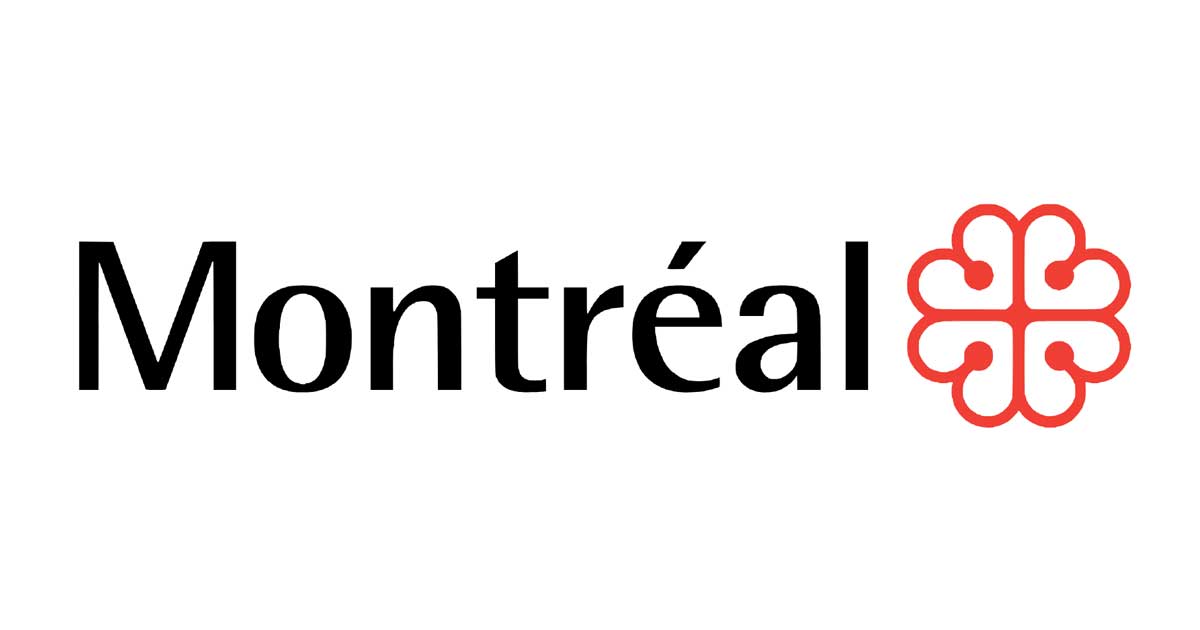Level: M.A.Sc.
Characterizing the effectiveness of public Blue-Green infrastructure assets installed to reduce urban heat islands
Abstract
This experimental research uses geomatics to characterize Blue-Green infrastructure assets by indicators showing their effectiveness in reducing urban heat islands (UHI) throughout their life cycle.
Project results
The expected results are:
i) develop a field measurement method for surface and air temperatures of urban projects to update thermal data captured in 2016;
ii) model infrastructure assets from the Civil Information Modeling (CIM) produced during an urban project and characterize biophysical descriptors;
iii)) propose an inventory of blue-green infrastructure assets including thermal performance and sustainability indicators.
Project contributions
Contributions to the adaptation of infrastructures to urban heat islands can be found at each level of Ackoff, R.’s (1989) hierarchy: DATA: the measurement at different resolutions of the physical and thermal conditions of the built environment as the stages of an urban project progress; INFORMATION: the addition of thermal performance and sustainability indicators as attributes to asset elements modeled from a project’s CIM information; KNOWLEDGE : assessing the thermal efficiency of blue-green infrastructure asset elements through GIS analysis of indicators; KNOWLEDGE: monitoring the reduction in UHI surface area as called for by the 2020-2030 Climate Plan through management of blue-green infrastructure assets.
Research team
The project team :
Similar research
Explore our research in more depth by exploring these related studies and resources:
Level: M.A.Sc.
Year of publication: 2023
Level: Ph.D.
Year of publication: 2023
Level: Ph.D.
Year of publication: 2024
Level: M.Eng.
Year of publication: 2023



